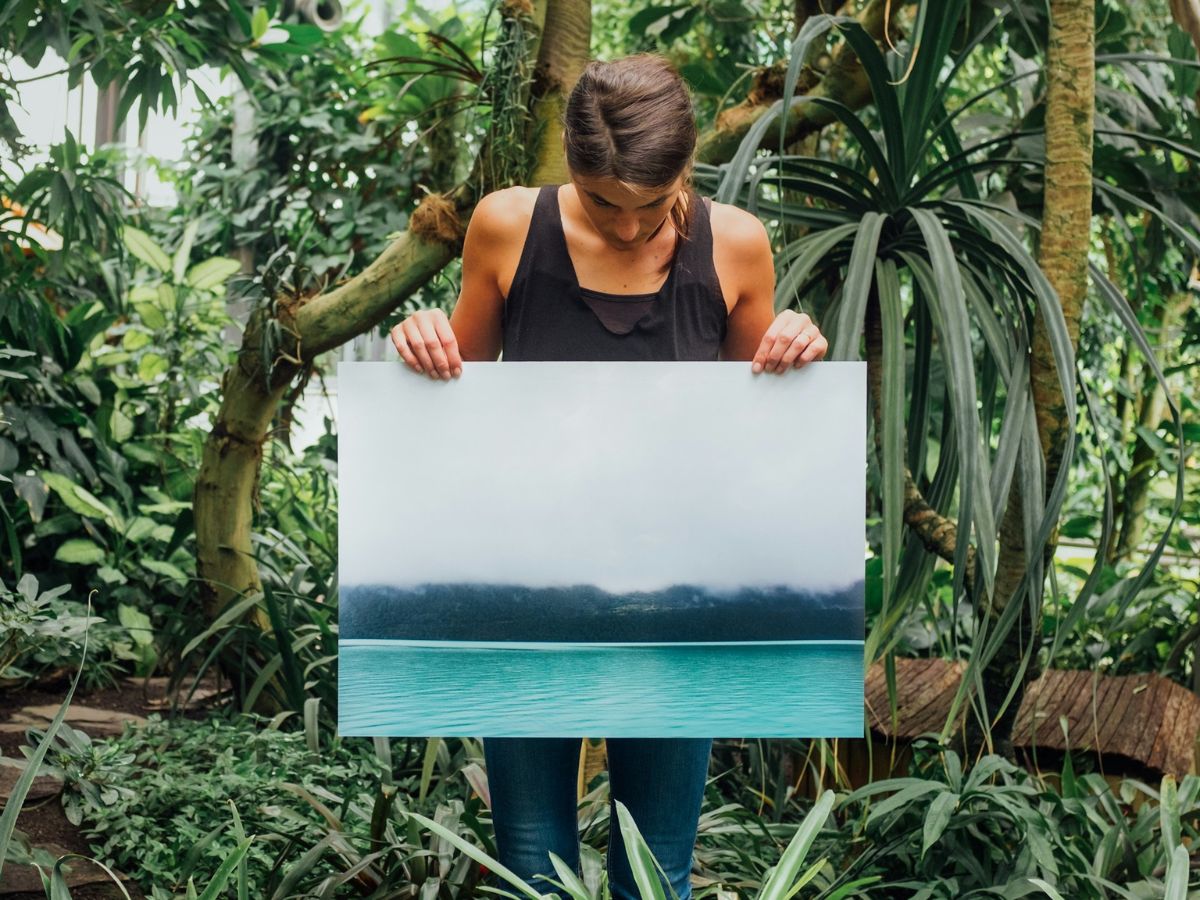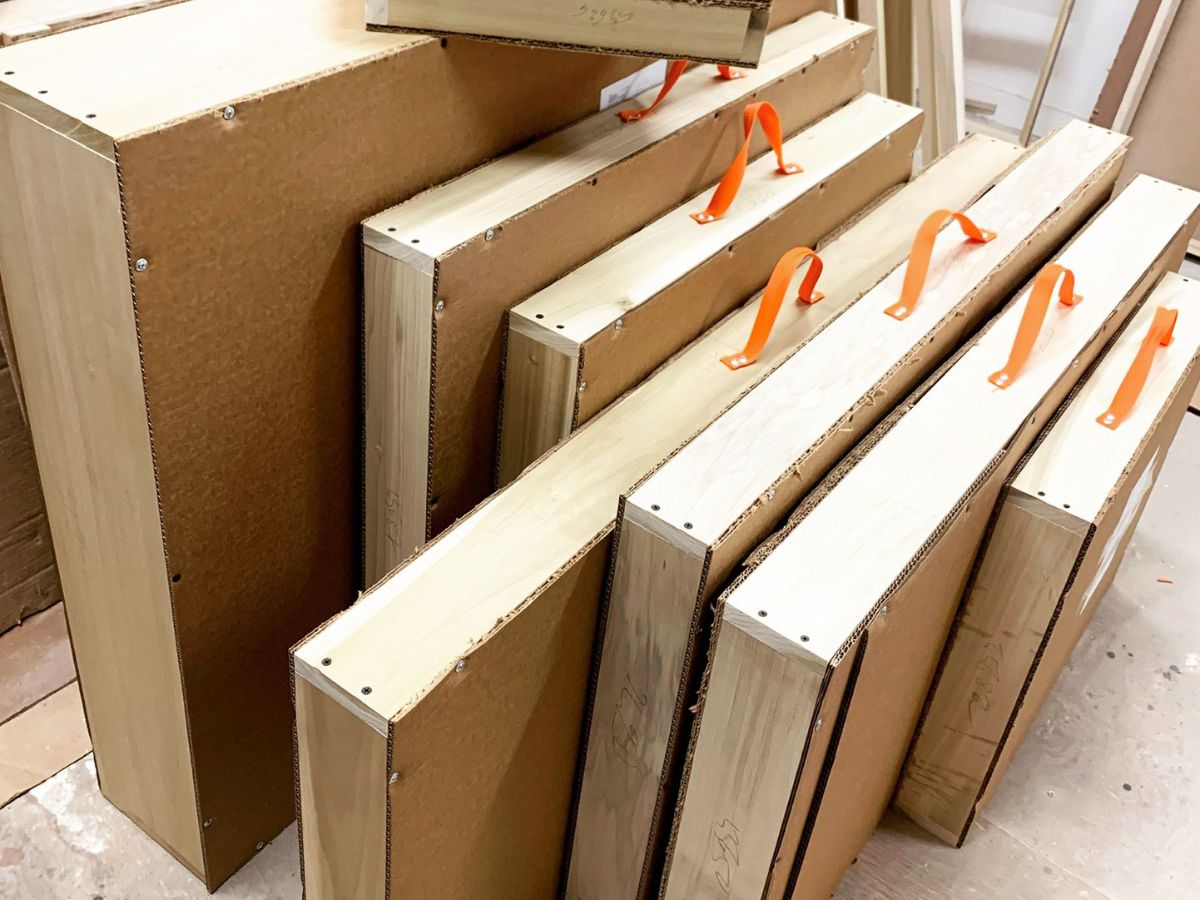
Best Packaging and Shipping Practices for Selling and Transporting Artwork
When you sell or transport artwork, especially stretched canvases, framed pieces, or mixed-media panels, proper packaging isn’t optional. It protects your work, your reputation, and your investment. Here’s a guide to packing and shipping artwork safely.
1. Use Professional, Clean Materials
- Begin with acid-free glassine or tissue paper to wrap the artwork. These materials shield against smudges and prevent abrasion.
- Next, layer bubble wrap around the art. Use multiple layers and keep the bubbles facing outward to avoid imprinting paint.
- Avoid Styrofoam peanuts. They scatter, don’t cushion well, and are hard to clean up.
2. Put Corner Protection
- Use cardboard corner protectors or DIY sturdy corner padding. These shield vulnerable edges from bumping during transit.
- Wrap the entire piece again with bubble wrap after adding corners to ensure full coverage.

3. Choose the Right Box or Crate
- For smaller pieces, custom-fit boxes that leave 2″ of padding help prevent shifting.
- Medium pieces work fine with sturdy USPS or UPS art boxes. Just add extra bubble wrap and support.
- For large or framed works, sandwich the painting between foamboard or honeycomb cardboard, then build or buy a double box or crate.
Did you know? Canvases from CanvasLot come in a professional wood frame case with double wall cardboard. You can use it to protect and deliver the finished artwork to your clients.
4. Secure and Seal Smartly
- Use heavy-duty, 2–3.5 mil packing tape and apply it in an “H” pattern across seams. Cheaper tape fails, risking your art.
- Plaster your box with “Fragile” and “This Side Up” labels for clarity.
5. Document Everything
- Before sealing, photograph and note the condition of your piece. These images may prove essential for insurance or claim disputes.
- Include a packing slip, your business card, and a care note inside the box for the recipient.
6. Choose the Right Carrier & Insure
- USPS Priority is budget-friendly for small pieces; include insurance. For heavier or framed art, consider UPS or FedEx Ground with declared value.
- For valuable or international shipments, think about specialized fine art shippers and make sure your art is covered by in-transit insurance.

7. Plan for Long-Term Protection
- For exhibitions or storage, build or buy wood crates or travel cases with internal foam lining. These offer serious protection over time and travel.
- Keep good padding and tools in a dedicated packing area. An organized setup makes a big difference.
Shipping artwork is part of your artistic presentation. Use clean, acid-free materials, secure padding, appropriate boxes, and clear documentation with insurance. When done right, you protect your work and reputation in every delivery.